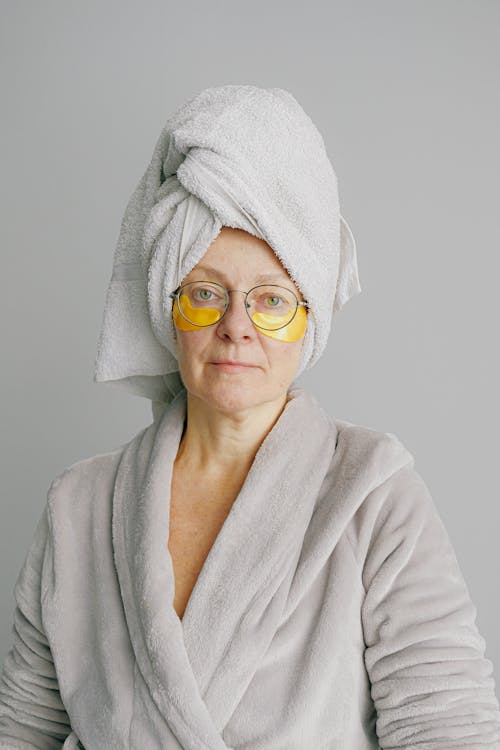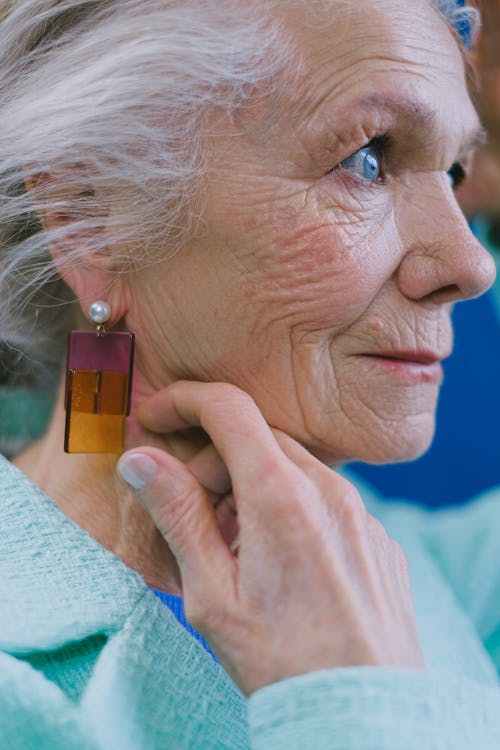Retinoids – Learn All About The Super Ingredient For Aging Skin

Ready to learn about the power of aging skincare ingredients? Chances are, you’ve probably heard of retinoids, retinols, and retinoic acid – but do you know how they work, or what separates them from one another? Don’t worry! It can feel overwhelming at first glance, but if you dig in a little further, it will open up an array of skin-care possibilities. So let’s get started with a proper introduction now!
What are retinoids?
Retinoids, a group of vitamin A-related ingredients, is an umbrella term for skincare treatments that range from those available through doctor’s prescriptions to ones you can purchase at your local store. If you’re looking for a foolproof way to distinguish between prescription-based retinoids and their over-the-counter counterparts, simply remember that ‘retinoid’ ends in ‘D’ – just like Doctor! Therefore, they are only obtainable through your physician. It’s as easy as that!
Retinoids’ History
Climb aboard our time machine to uncover the history of retinoids, the Queen of ingredients. Since the 1940s, both topically and orally administered forms have been utilized for a range of skin concerns, but mainly acne due to their ability to suppress blemishes. However, it wasn’t until the 1980s that researchers uncovered this miraculous ingredient’s superpower – rejuvenating sun-damaged or photoaged skin! This includes wrinkles or dark spots caused by long exposure to UV rays. Clearly, retinoid has reigned supreme over 4 decades with legitimate justification!
In the 1990s, doctors discovered that retinoids not only cleared their patients’ acne but also improved skin texture and reversed photoaging signs! To make this incredible ingredient more accessible to people around the world, a gentler version of it was developed – known as retinol. With retinol, you can enjoy all its fantastic benefits without having to visit your doctor or risk experiencing any irritation like with potent retinoids.
Retinoids On Your Skin
It is essential to understand that only retinoid acid, in its active form, can be processed directly by our skin. All other forms of retinoids have to go through a conversion process before they become effective. This means that doctor-prescribed retinoids are already converted into an incredibly potent version of the “retinoic acid” form, allowing them to work quickly and effectively upon application. Meanwhile, Retinol needs further alteration in order for it brings about desired effects on the skin’s appearance and health, but using it the right way you can achieve amazing results, like with the Retinol Restorative Overnight Balm from 100% PURE.
Retinoids are scientifically proven to effectively encourage skin cell renewal and collagen production, which naturally decrease due to aging. Recent studies have demonstrated that with only three months of retinoid usage, your skin will become thicker and wrinkles less pronounced. But if you keep up the regime for a full six months, remarkable changes in your complexion such as increased elasticity and evenness can be seen!
Unfortunately, transforming retinols into a usable form can feel like an obstacle course. The more obstacles the ingredient encounters during this process, the weaker its potency becomes, and vice versa.
Before it can be effective in turning back the hands of time, retinol must undergo two transformations. First is retinaldehyde (Obstacle 1), then to active and potent form-retinoic acid (Obstacle 2). Various studies have revealed that compared to its final transformation, retinol is significantly less potent due to this conversion process – but there’s a silver lining here, which we’ll get into later.
Skincare products might also have retinaldehyde, which is stronger than plain retinol because it only has to pass through one obstacle for conversion. Other derivatives of the vitamin A compound that are not as potent include the esters (retinyl palmitate, aspartamate and proprionate) due to needing three obstacles in order to convert.
If you’re looking for something new in the world of retinoids, try out one of the recently developed retinoic acid esters. These derivatives don’t need any conversion and are delivered in their active form, which makes them gentler on your skin than direct retinoic acid. As they have only been around a short while, there is not yet much research into these variants, but we predict that they will make an appearance in plenty more skincare products very soon!
Bad Sides of Retinoids
Although retinoids are highly efficient in restoring the youthful appearance of the skin, there is a downside to consider. Retinoid Reaction, characterized by redness, stinging sensations, scaling, and even itching or purging on the skin surface, may occur when using this product.
While retinoid acid is the strongest form of this ingredient, it also carries a higher risk for side effects. Thankfully, your doctor will be aware of any potential concentration-related issues, and these reactions tend to go away with time. As such, other forms of retinoids have been developed that are gentler on the skin and reduce the likelihood of experiencing adverse effects. Thus, it is not necessarily a bad thing that these derivatives are “less effective.” With consistent use, you may be able to achieve the same result with less chance of irritation due to their gentler nature.
Who Should Use It And When?
What is the ideal age to begin utilizing retinoids? Is there a specific formula we can use or studies that can provide insight into this matter?
It’s difficult to exactly pinpoint when is the ideal time for beginning with retinoids, as this changes from person to person. Generally speaking, though, we highly recommend incorporating these ingredients into your skincare routine if you are in your mid-20s. At this age, our collagen production begins decreasing and prevention of further damage seems much more effective than repairing past damages. Therefore, using retinoids at an early stage can be beneficial in the long run! We strongly suggest starting with an OTC retinol product for its calming effects and clear benefits if used routinely. Be aware, though, that these ingredients have not been proven safe for pregnant or breastfeeding women. Although some professionals argue that certain concentrations of retinol derivatives are acceptable to use, it’s better to be on the safe side by abstaining from their usage or consulting a doctor beforehand.
Tips For Starting To Use Retinoids In Your Skincare Routine
To get the best results, use your favorite night treatment at sundown on clean and dry skin, then follow up with a generous layer of moisturizer to protect from parchedness.
- Embrace the concept of “less is more” when it comes to retinoids – applying too much won’t enhance its rewards, but actually worsen your skin condition. Don’t expect instantaneous, miraculous results by overdoing a product that may leave you with undesirable side effects in the morning!
- Utilizing products with a low concentration and frequency is the best way to begin your skin routine. You can start off by using retinoids once a week, then advancing that usage up to twice a week, every other night, and so on. This steady process will help you adjust while also allowing your skin time to acclimate without suffering from any negative reactions or side effects caused by other skincare items in your regimen.

We hope this guide has been illuminating, allowing you to confidently and safely incorporate retinoids into your daily routine!

